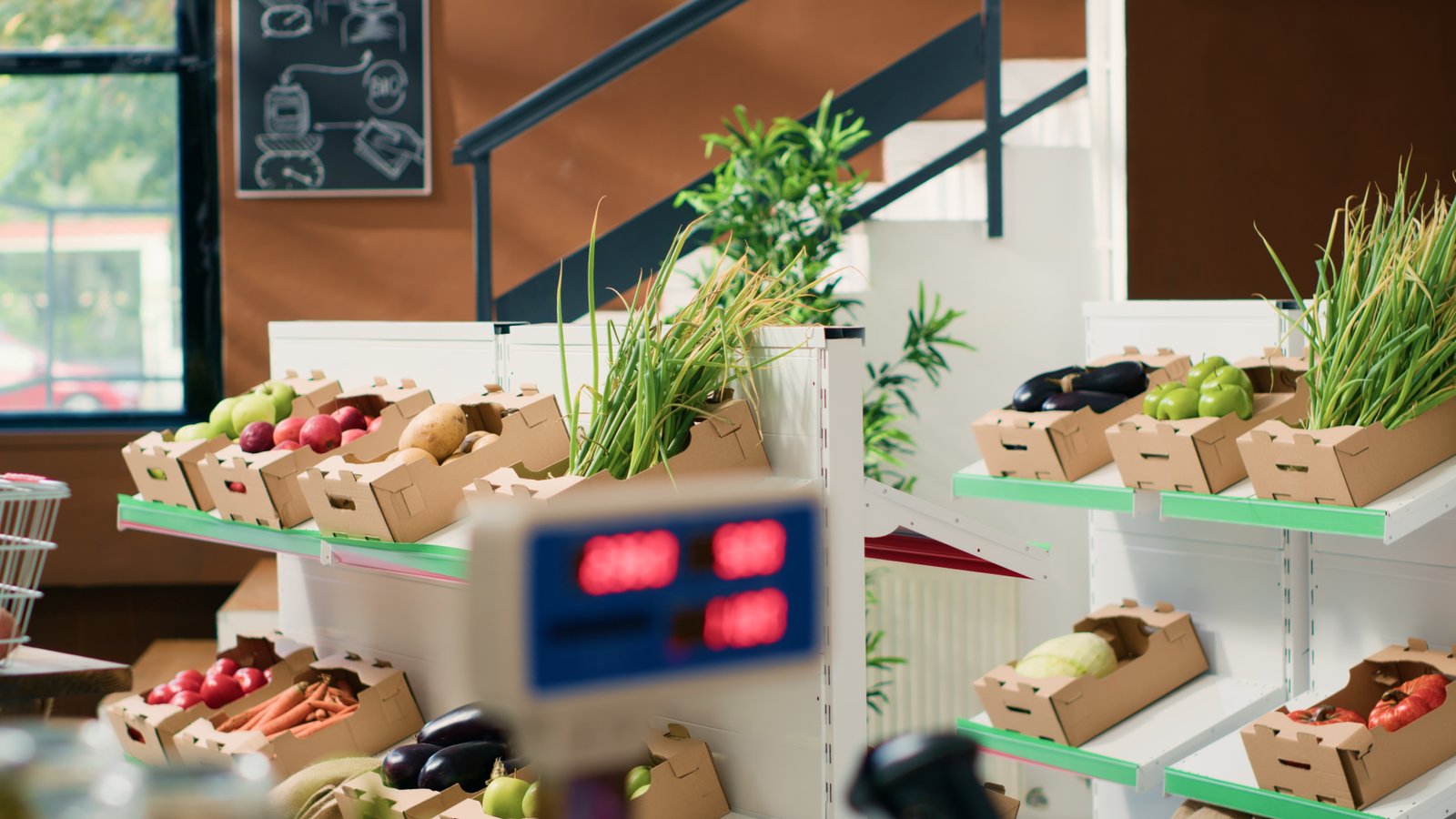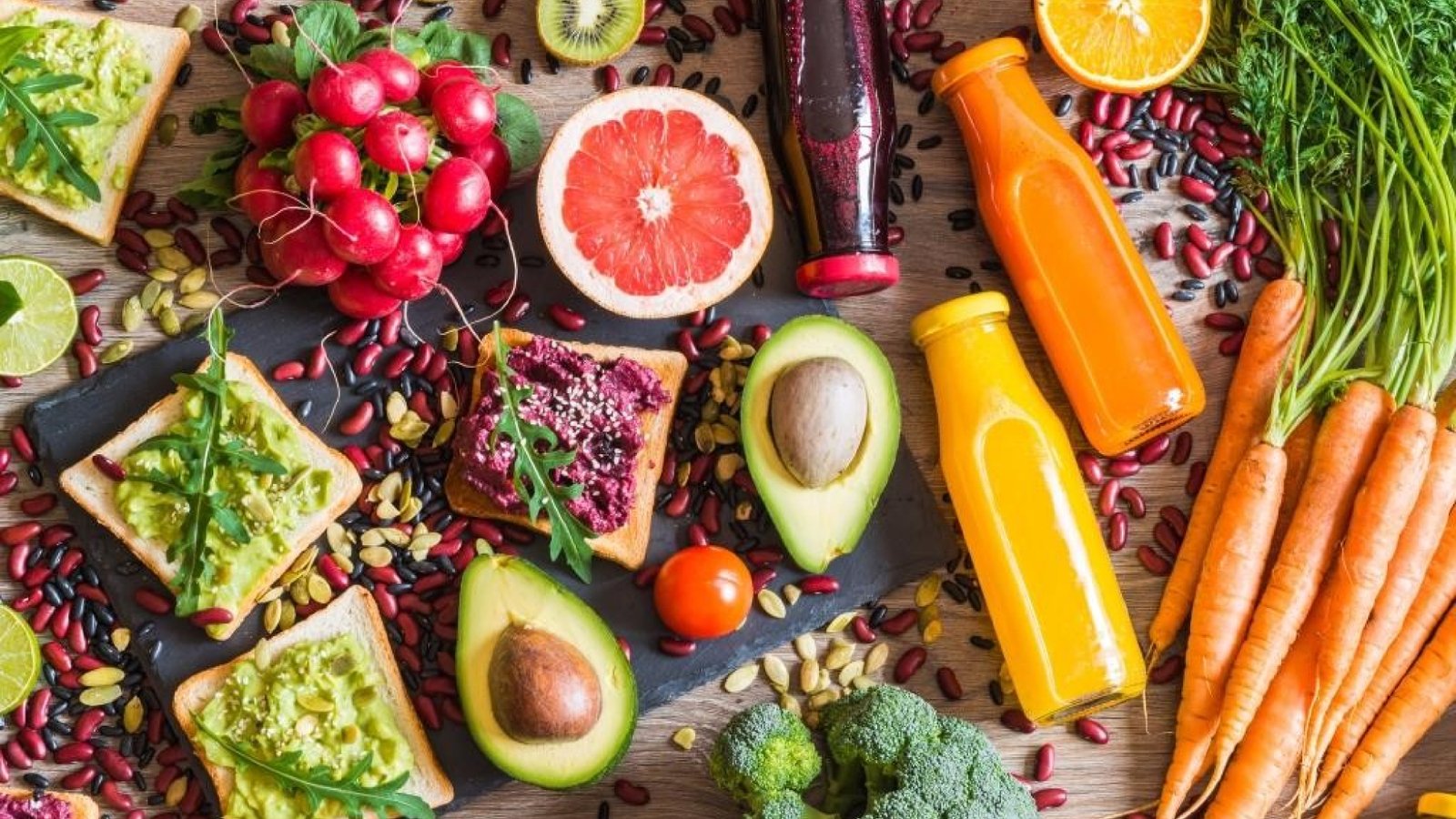
The Future of Sustainable Packaging in FMCG: Market Insights 2025
Walk down any supermarket aisle today, and you’ll notice something subtle yet revolutionary: packaging is no longer just about holding products—it’s about holding attention, values, and responsibility. The buzzwords are no longer “bigger” or “shinier,” but rather “greener,” “smarter,” and “friendlier to the planet.” In fact, sustainable packaging FMCG has quickly moved from being a fringe trend to becoming a central pillar of brand identity and consumer trust. And as we step into 2025, the conversation around eco-packaging is no longer about “if” but “how fast.”
At Blackwater, our market research has shown that brands that embrace eco-packaging are not just future-proofing—they’re actively winning over consumers who are increasingly voting with their wallets (and recycling bins). To put it plainly: ignore the packaging revolution at your peril.
The Rise of Sustainable Packaging FMCG: More Than a Trend
Once upon a time, eco-friendly packaging meant brown cardboard boxes and muted green logos slapped on as a token gesture. Fast forward to 2025, and the story has dramatically changed. Packaging innovation now involves everything from compostable bioplastics to edible films that literally dissolve in your tea. The FMCG sector is leading this charge because consumer expectations are not just higher—they’re sharper, louder, and greener.
Eco-friendly packaging today is sleek, design-forward, and technologically advanced. Brands are experimenting with mushroom-based packaging, seaweed pouches, and recycled ocean plastics that don’t just cut down on waste but also narrate a compelling brand story. When a consumer picks up an FMCG product, they’re not only buying soap, chips, or a soda can; they’re buying into a value system. In this way, packaging has evolved into both a marketing tool and a sustainability badge of honor.
Our research at Blackwater reveals that consumers in metropolitan cities—from New York to New Delhi—now actively seek out brands that signal eco-consciousness on the shelf. And it doesn’t stop there: green-conscious consumers are willing to pay a premium for brands aligned with their values. This has fundamentally shifted the economics of the FMCG packaging market.
Green Consumer Trends: The New Purchasing Power
Let’s talk about green consumer trends, because if you thought sustainable packaging was only about saving turtles and polar bears, think again. Today’s consumers are using packaging as a proxy for trust. Transparency, recyclability, and circularity have become the new quality seals.
Think of it as the “Instagram moment” of packaging: eco-labels, compostability icons, and minimalistic design aren’t just practical—they’re photogenic proof of a brand’s values. And consumers love sharing that proof online. In fact, our latest surveys at Blackwater indicate that Gen Z and millennial shoppers are nearly twice as likely to recommend a brand that uses visible sustainable packaging over one that doesn’t.
What’s fascinating is how these trends intersect with behavioral economics. Buying eco-friendly feels like a moral win. Every biodegradable wrapper purchased is a tiny personal victory against climate change. That dopamine rush translates directly into brand loyalty.
Circular Economy: Closing the Loop
No discussion of sustainable packaging in FMCG would be complete without tackling the holy grail of sustainability: the circular economy. This isn’t just jargon to impress investors at board meetings—it’s an actionable framework reshaping the entire packaging supply chain.
The circular economy flips the old “take, make, dispose” model on its head. Instead, it’s about designing packaging that can be reused, repurposed, or infinitely recycled. Picture a shampoo bottle that you return, refill, or even compost. Imagine snack wrappers that decompose in weeks rather than centuries. This is the direction leading FMCG brands are sprinting towards in 2025.
Companies like Unilever, Nestlé, and PepsiCo are publicly committing to 100% recyclable or reusable packaging within the next decade. This isn’t corporate charity—it’s survival strategy. Regulatory pressure is increasing globally, with the EU, India, and even parts of the U.S. enforcing Extended Producer Responsibility (EPR) laws. If brands don’t adapt, they don’t just lose shelf space—they risk penalties, bans, and irrelevance.
Blackwater’s latest market insights show that FMCG businesses that invest in circular models early gain long-term cost advantages. Refillable systems, for example, save on raw material costs while deepening customer relationships. A consumer who subscribes to a refillable detergent system is not just a buyer—they’re practically married to your brand.
The Business Case: Profits Wrapped in Green
Here’s the thing many executives secretly wonder: is sustainable packaging just a feel-good exercise, or does it actually make money? Spoiler: it makes money. Lots of it.
Our analysis at Blackwater demonstrates that sustainable packaging in FMCG is directly linked to higher brand loyalty, improved sales velocity, and reduced long-term costs. While the initial transition to eco-materials might pinch the balance sheet, the long-term ROI is undeniable.
First, sustainable packaging reduces waste disposal costs and, in many cases, lowers raw material costs. Second, it creates marketing opportunities that money simply can’t buy: earned media, viral consumer stories, and free PR. Third, sustainability reduces regulatory risk. No brand wants to wake up to headlines about being fined for plastic overuse when their competitor is trending for launching plant-based wrappers.
It’s not just about pleasing eco-conscious consumers. Investors are increasingly applying ESG (Environmental, Social, Governance) filters when making funding decisions. A strong sustainability narrative makes FMCG companies more attractive in the capital markets. In other words, green isn’t just good—it’s bankable.
Innovation Spotlight: Materials of the Future
The packaging labs of 2025 feel less like factories and more like science fiction workshops. Here’s a glimpse into the material innovations transforming the FMCG sector:
- Biodegradable plastics made from corn starch or cassava that break down naturally.
- Mushroom mycelium packaging, which grows into custom shapes and composts safely.
- Seaweed-based films, already being tested in snack wrappers and single-serve drink pods.
- Smart packaging that integrates QR codes to educate consumers on disposal and recycling.
What’s remarkable is how consumers are responding not just with curiosity but enthusiasm. Picking up a mushroom-based package feels novel and Instagram-worthy, driving organic buzz. And in FMCG, buzz translates directly into sales velocity.
Blackwater’s studies confirm that innovation-driven packaging garners 20–30% higher shelf pickup rates compared to conventional packaging, especially when paired with storytelling that highlights its eco-advantages.
Regional Perspectives: Sustainability is Local
One fascinating insight is how sustainable packaging in FMCG plays out differently across geographies.
In Europe, consumers expect zero-waste commitments as the bare minimum. In Asia, particularly in India and China, affordability meets innovation—lightweight eco-friendly packaging that balances cost with green impact is key. In North America, storytelling and transparency drive consumer choice—“Where did this packaging come from, and where will it go?” is a narrative every brand must answer.
For emerging markets, the challenge lies in infrastructure. Recycling and composting systems aren’t uniformly available, so brands are experimenting with biodegradable single-use packaging that doesn’t rely on municipal systems. Here, innovation is not just a nice-to-have but a necessity.
This regional nuance is critical for FMCG giants managing global operations. Blackwater specializes in uncovering these local insights, helping businesses tailor packaging strategies that resonate with consumers across markets.
Consumer Psychology: Packaging as Identity
Beyond logistics and materials, the real battle is fought in the minds (and shopping baskets) of consumers. Packaging has evolved into a social signal. Carrying a brand that champions eco-friendly packaging is akin to wearing a badge of honor—it signals personal values and social responsibility.
For younger consumers, particularly Gen Z, sustainable packaging is non-negotiable. For older consumers, it’s about trust and credibility. Across demographics, the psychological link is undeniable: eco-packaging elevates perceived product quality, even when the product inside hasn’t changed.
This is where FMCG brands can unlock disproportionate value. By investing in sustainable packaging, they don’t just check a CSR box—they transform consumers into brand advocates.
Blackwater: Navigating the Green Future
Amid all this innovation and disruption, one truth stands tall: the future of FMCG packaging is green, but navigating it isn’t simple. That’s where Blackwater comes in. As a market research powerhouse, we don’t just track trends—we decode them, project their trajectories, and deliver actionable insights for brands ready to lead.
Our expertise helps FMCG businesses answer the big questions: Which packaging innovations are hype, and which are here to stay? How do consumer attitudes vary by region? What regulatory frameworks are looming, and how can you stay ahead of them? Most importantly, how do you turn sustainability into profitability?
In 2025, the brands that thrive will be those that see sustainability not as a side project but as the very core of their business model. With Blackwater’s insights, that path becomes clearer, less risky, and infinitely more rewarding.
The Road Ahead: Beyond 2025
As we look beyond 2025, the horizon of sustainable packaging in FMCG only expands. The circular economy will no longer be an aspiration—it will be table stakes. Packaging waste will be as outdated as smoking in offices. The leaders of tomorrow will be brands that treat packaging not as an afterthought but as a stage for innovation, ethics, and consumer connection.
For FMCG brands, the future is wrapped—quite literally—in green. And for those still on the fence, the choice is stark: adapt now or risk becoming obsolete. Because in this new market reality, sustainability isn’t just the right thing to do—it’s the only thing to do.
At Blackwater, we believe the smartest investments today are the ones that align profitability with responsibility. Packaging is no longer trash; it’s treasure. And in the treasure hunt of sustainable FMCG packaging, insight is your ultimate map.



